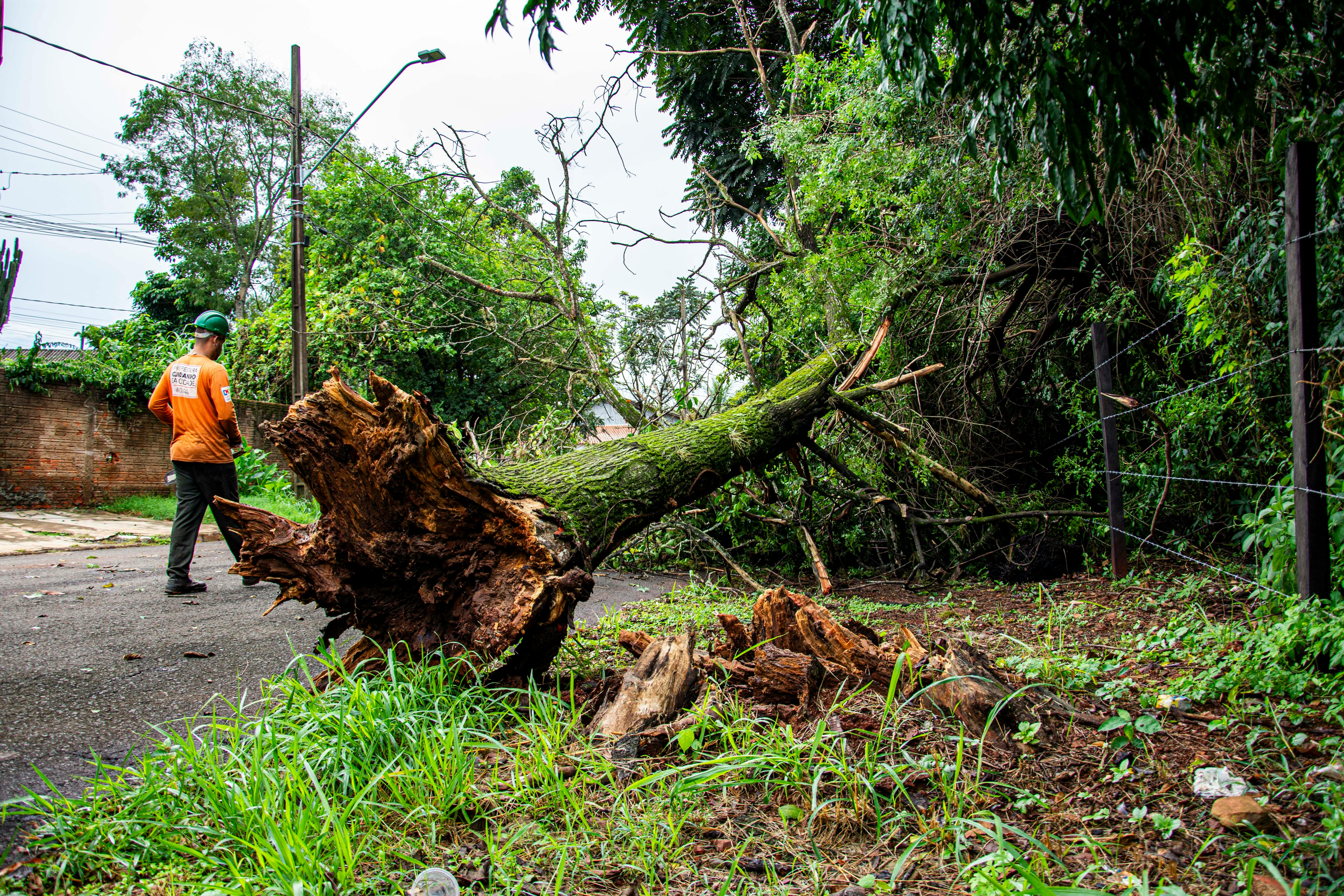What's Happening?
The global flexitank market is anticipated to experience significant growth, with its value projected to increase from USD 847 million in 2024 to USD 2.06 billion by 2034. This growth is driven by the increasing demand for efficient, cost-effective, and sustainable liquid transportation solutions. Flexitanks, which are large, flexible bladders designed to fit inside standard containers, offer a contamination-free and environmentally friendly alternative to traditional liquid transport methods such as drums and ISO tanks. The market's expansion is fueled by the globalization of liquid trade, particularly in food-grade liquids, and the rising demand for eco-friendly packaging solutions. Key players in the market include Braid Logistics, SIA Flexitanks, and TransOcean Bulk Logistics.
Why It's Important?
The projected growth of the flexitank market is significant for several industries, including food and beverage, chemical, pharmaceutical, and agriculture. As global trade continues to expand, the need for efficient and sustainable logistics solutions becomes increasingly critical. Flexitanks offer a viable solution by reducing transportation costs and minimizing environmental impact. The shift towards biodegradable and recyclable flexitanks aligns with global sustainability goals, making them an attractive option for companies looking to reduce their carbon footprint. This market growth also presents opportunities for innovation in material science and logistics technology, potentially leading to advancements in the broader supply chain industry.
What's Next?
As the flexitank market continues to grow, companies are likely to focus on developing more advanced and sustainable products. Innovations such as biodegradable flexitanks and IoT-enabled monitoring systems are expected to become more prevalent, enhancing the efficiency and safety of liquid transportation. Additionally, strategic partnerships between flexitank manufacturers and logistics providers could expand distribution channels and improve service offerings. The market's expansion into emerging regions like Southeast Asia and Africa presents further opportunities for growth, particularly in the export of food and chemical products.
Beyond the Headlines
The rise of the flexitank market highlights a broader trend towards sustainability and efficiency in global logistics. As industries increasingly prioritize environmental responsibility, the demand for eco-friendly packaging solutions is likely to influence other sectors as well. The development of advanced flexitank materials and designs could spur innovation in related fields, such as material science and logistics technology. Furthermore, the integration of digital technologies like IoT in flexitank systems may lead to more sophisticated supply chain management practices, enhancing overall operational efficiency.












